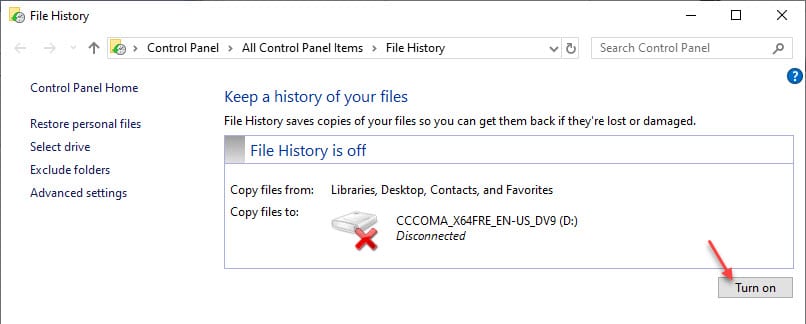

As I do, I'll point out some of the most common stumbling blocks and explain how to avoid them. In this article, I'll walk you step by step through the correct way to use File History to restore files in a new Windows 10 installation. Along the way, I was able to replicate some of the most common mistakes that people make and figured out how to work around them. I then embarked on a on a week-long backup and restore expedition with File History, where I successfully transferred data from one Windows 10 installation to another multiple times. The results revealed that the majority of Windows 10 users had problems using File History-so they concluded it can't be used to transfer data files.

However, the responses I got surprised me and sent me on a Google search mission. For example, folks were encountering problems transferring data from an old PC to a new PC or restoring data on the same PC after replacing a hard disk.Ĭonfused, I replied to back to these folks and let them know that File History can indeed be used to transfer data files from one Windows 10 installation to another. In several of those email messages, I found complaints about File History's inability to transfer data files to a new Windows 10 installation. Soon after last week's article, How to use Robocopy to quickly back up all your data in Windows 10, was published, I received email from several readers who were happy to learn about another way to back up and restore their data.


 0 kommentar(er)
0 kommentar(er)
